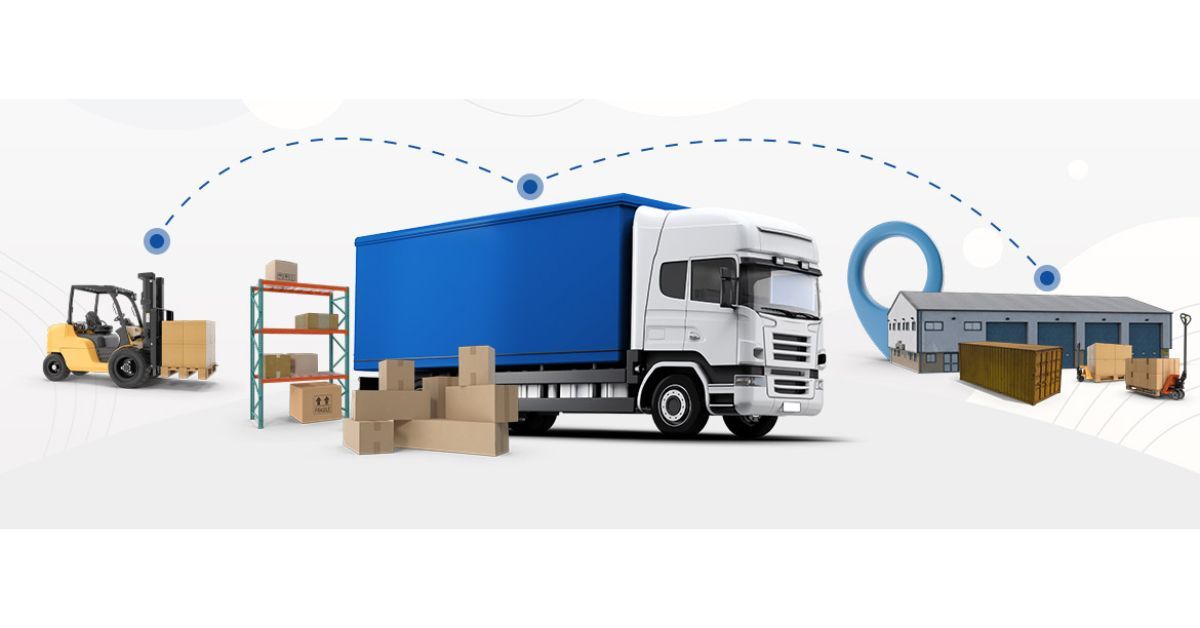India’s logistics sector has several significant obstacles, including inadequate road infrastructure, a lack of available space for warehousing, and a paucity of skilled workers. Experts predict improvement in H2 FY25, fueled by the expansion of online retail and a rise in the use of technology to boost productivity.
The effectiveness of the supply chain is impacted by inadequate road infrastructure and traffic that causes delays.
According to analysts, the logistics business has several major issues, including a shortage of skilled workers, inadequate road infrastructure, and land availability for warehousing.
According to Assocham Secretary General Deepak Sood, warehousing requires land availability in and around metropolitan centers as a rise in economic activity is driving need for logistics.
In addition, he said that the Indian warehousing market is extremely fragmented, with a large number of tiny and unorganized firms, which results in inefficiencies, a lack of standardization, and restricted scalability.
According to Srikumar Krishnamurthy, Senior Vice President & Co-Group Head – Corporate Ratings, Icra Ltd., the efficiency of the supply chain is impacted by inadequate road infrastructure and traffic that causes delays.
The difficulty to raise freight rates in the face of competition, inflation, and relatively stable diesel prices are some of the short-term challenges, he said.
Logistics companies are being forced by these issues to strike a balance between manpower, technology investment, and cost control in order to stay competitive.
Automation, artificial intelligence, and the Internet of Things will all be used more frequently to boost productivity and offset growing labor costs.
The rating agency Icra claims that the sector’s outlook is still stable due to a number of government initiatives and policies that support it as well as the anticipation of steady demand from a variety of industries, including retail, FMCG, e-commerce, chemicals, pharmaceuticals, and industrial goods.








